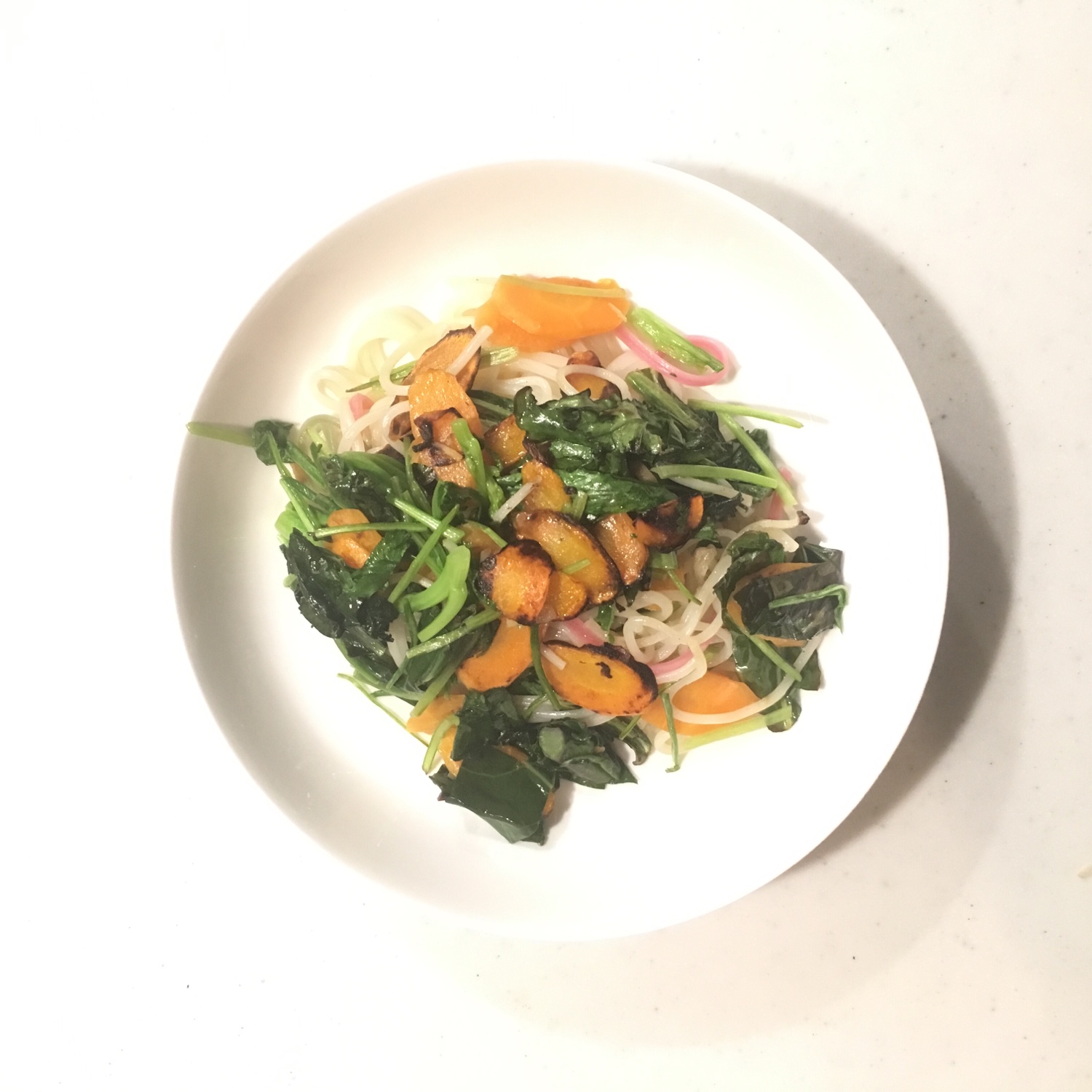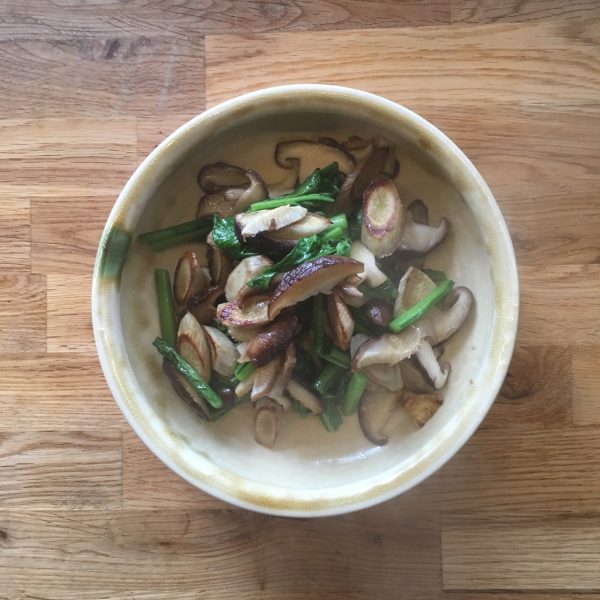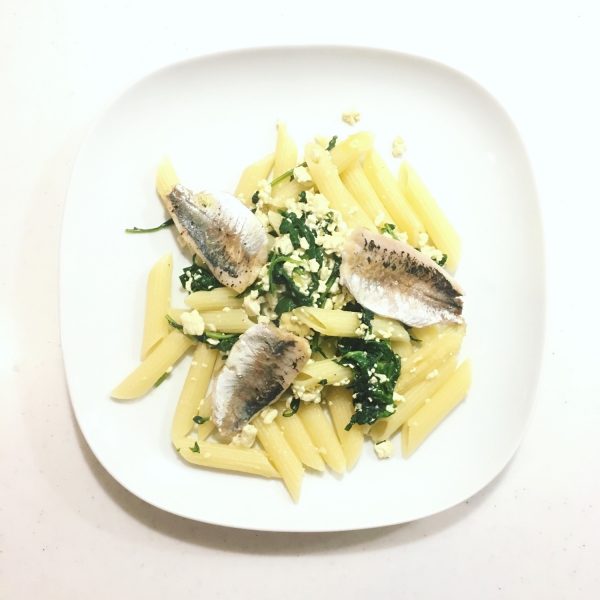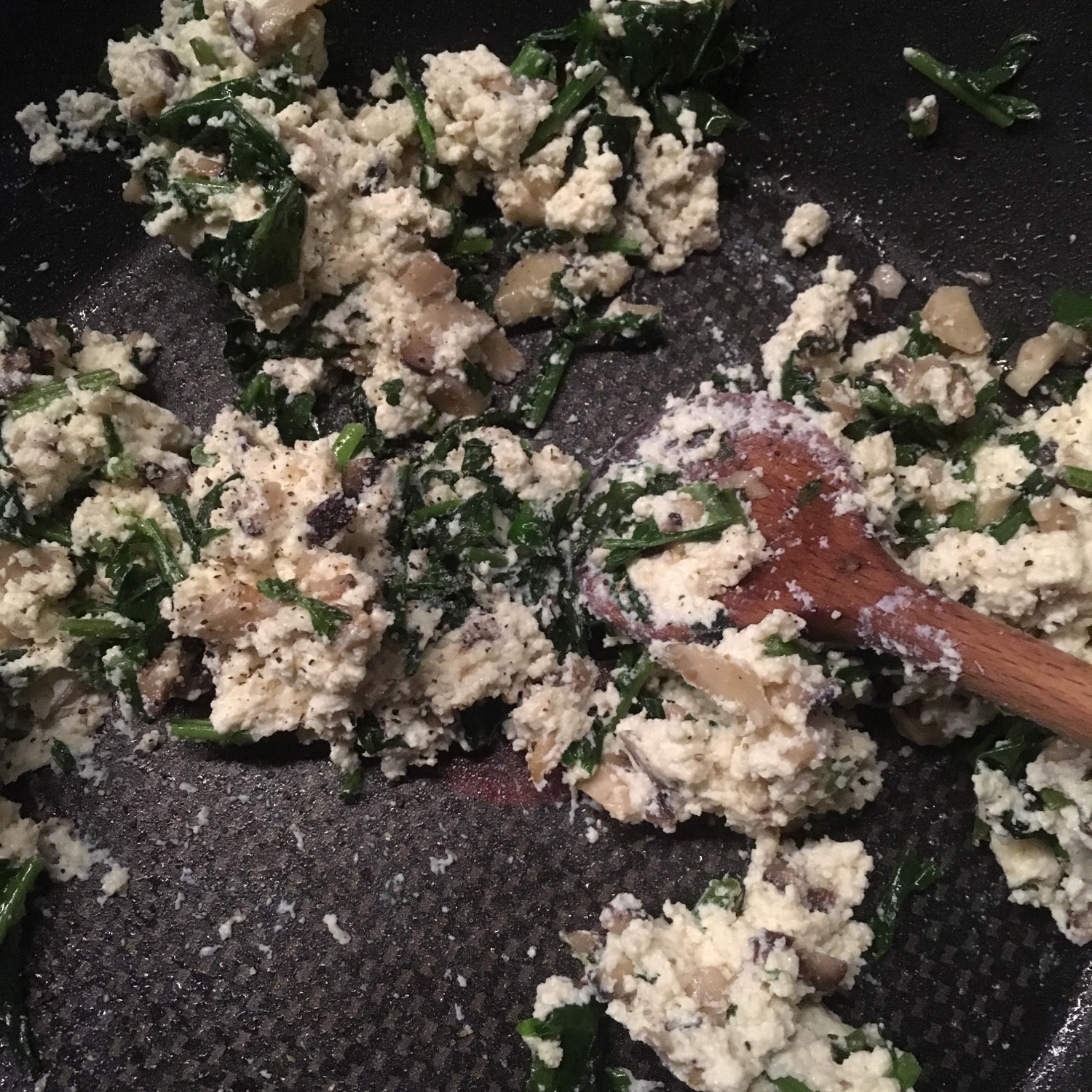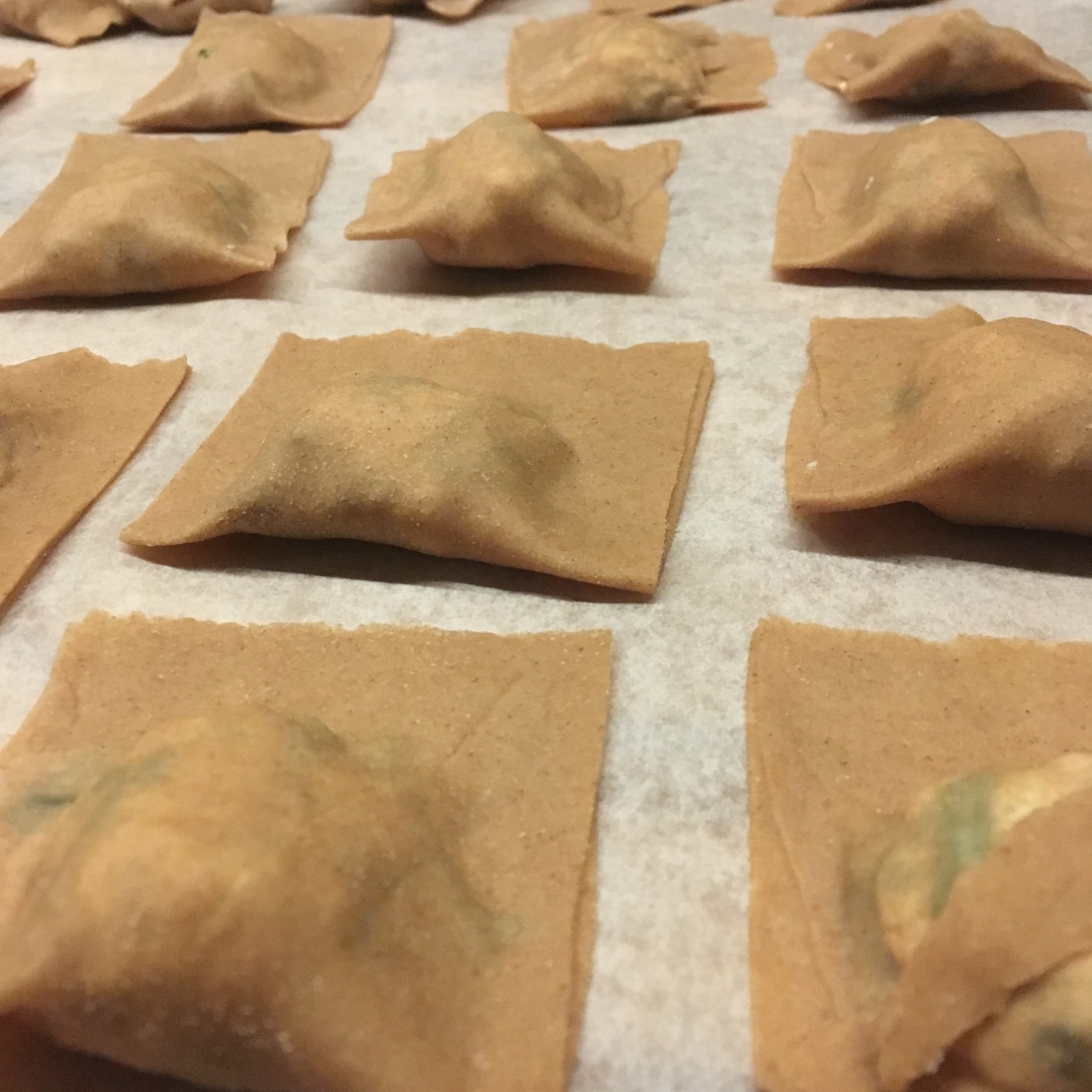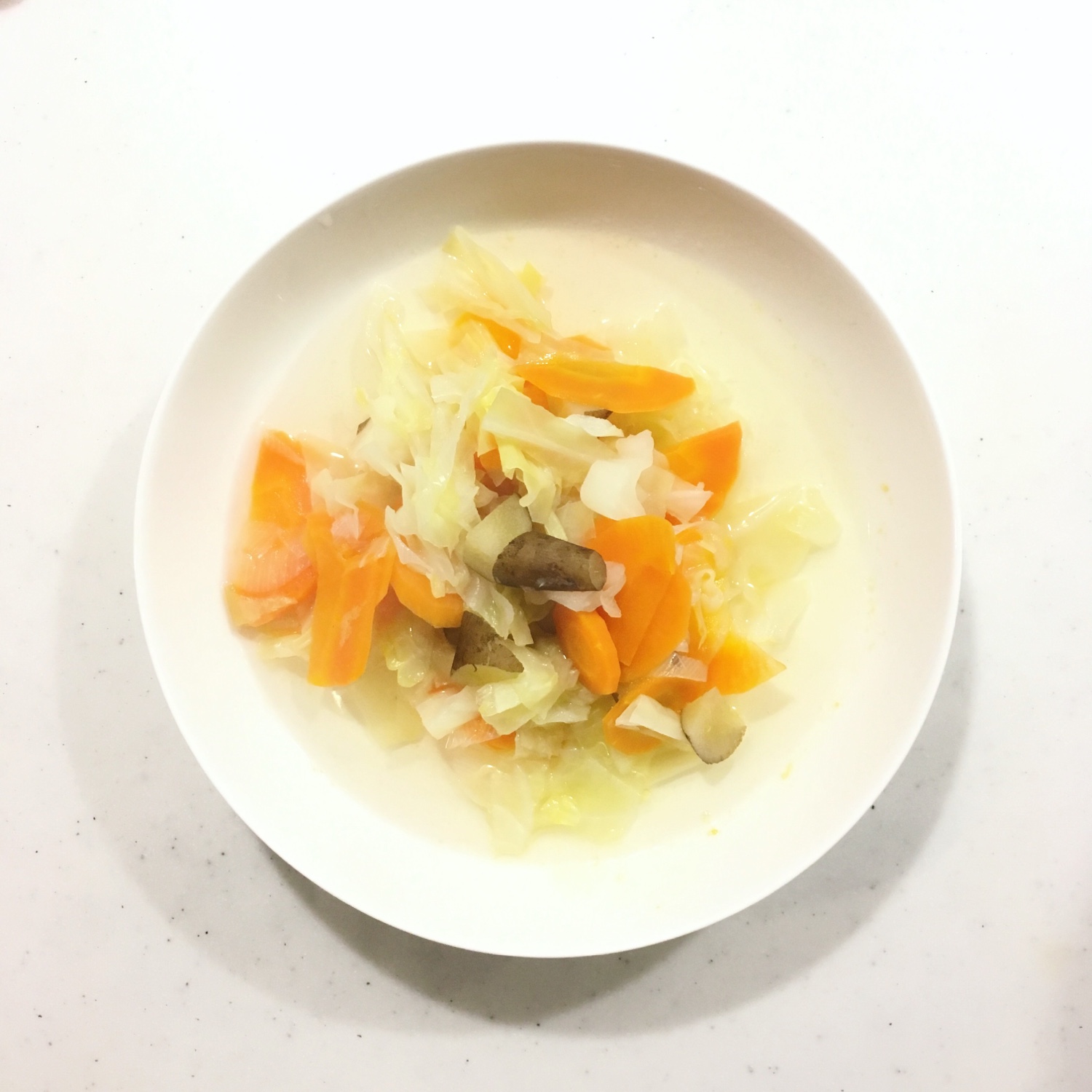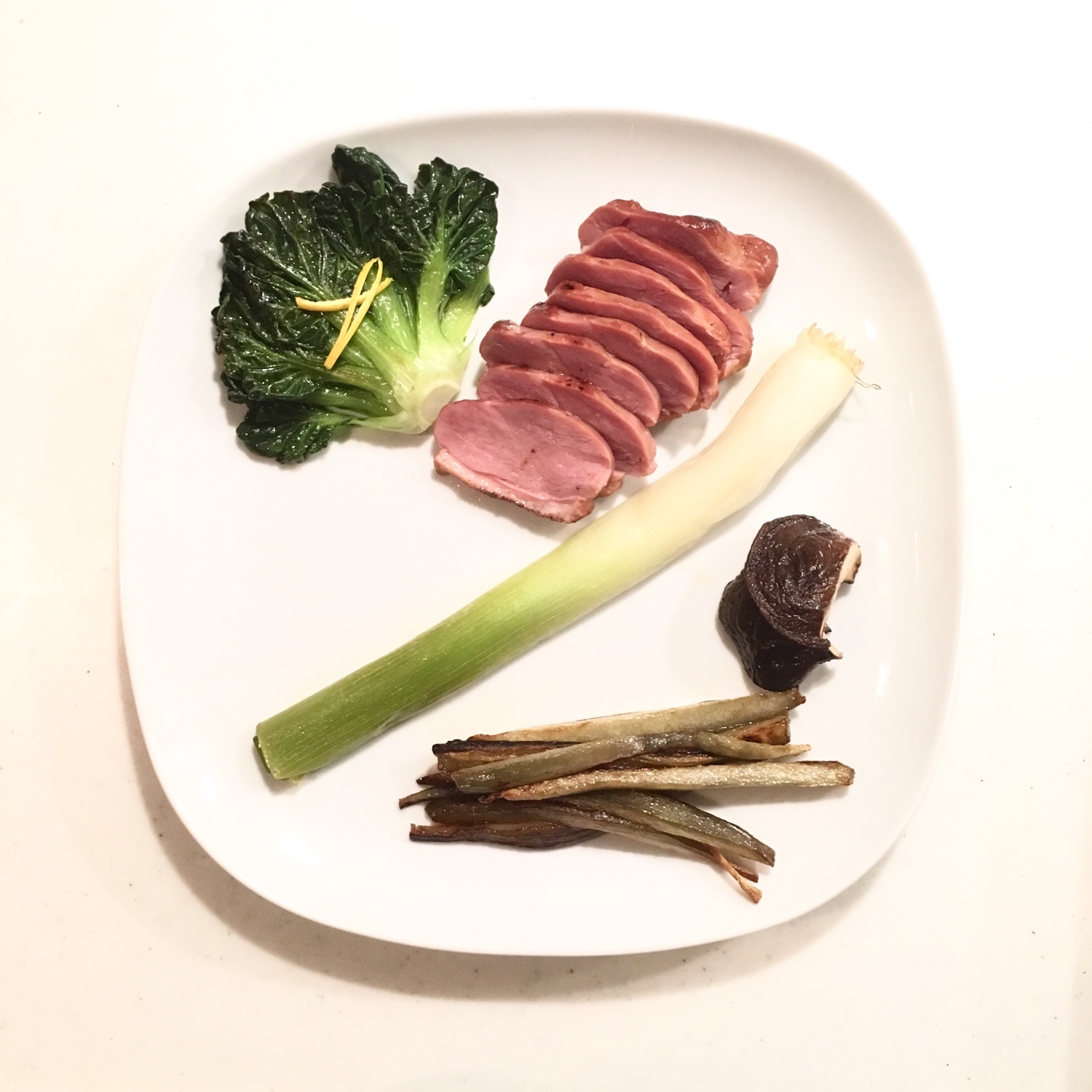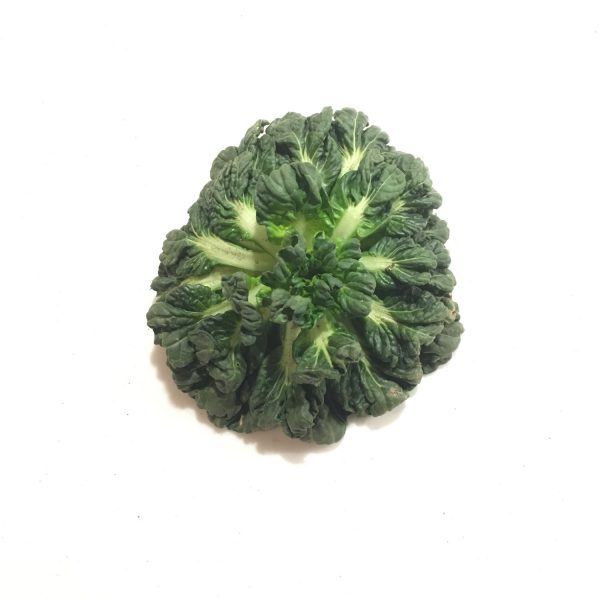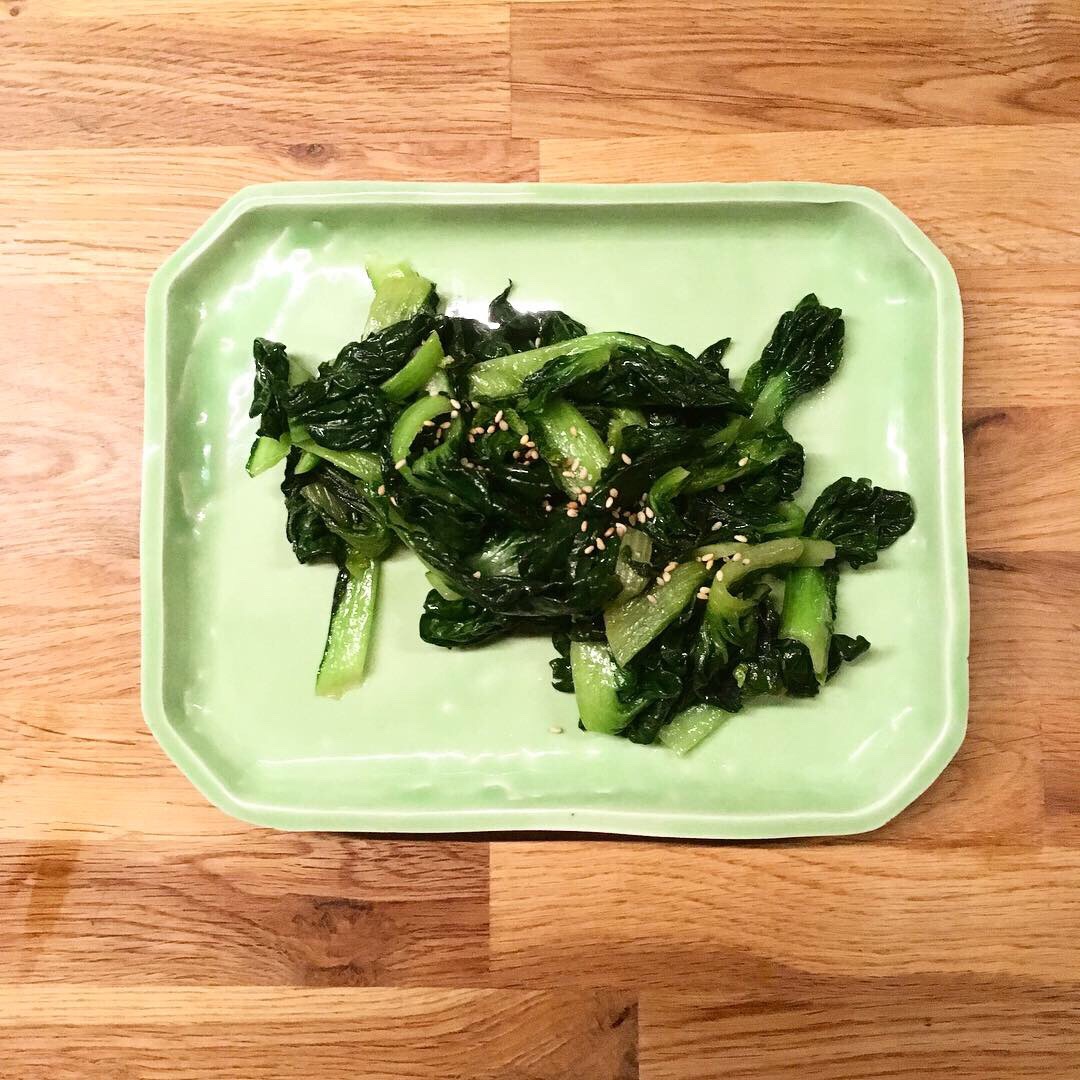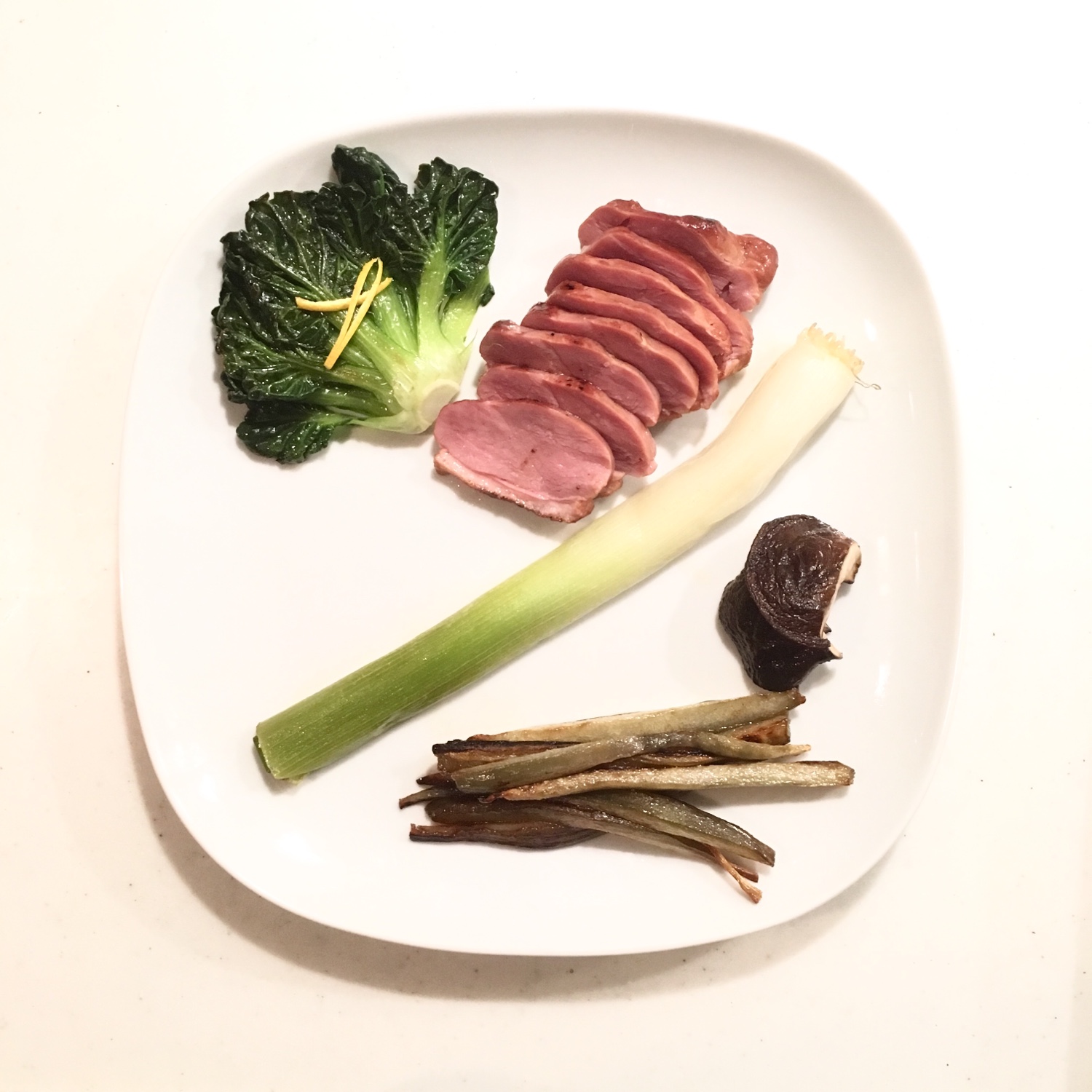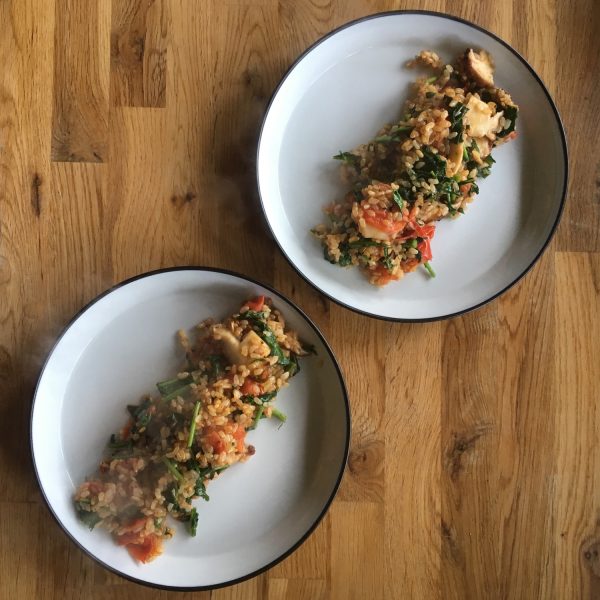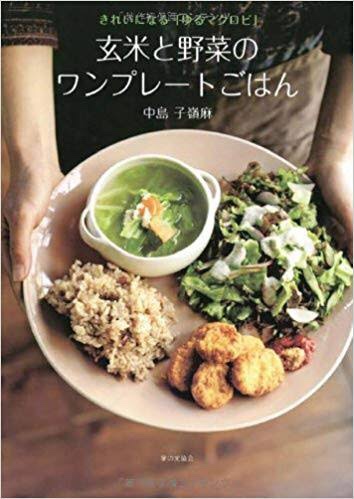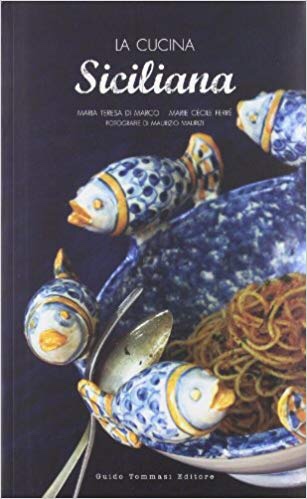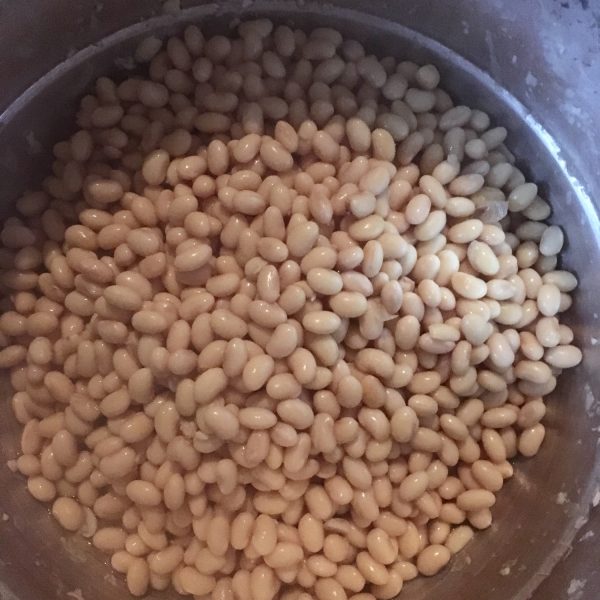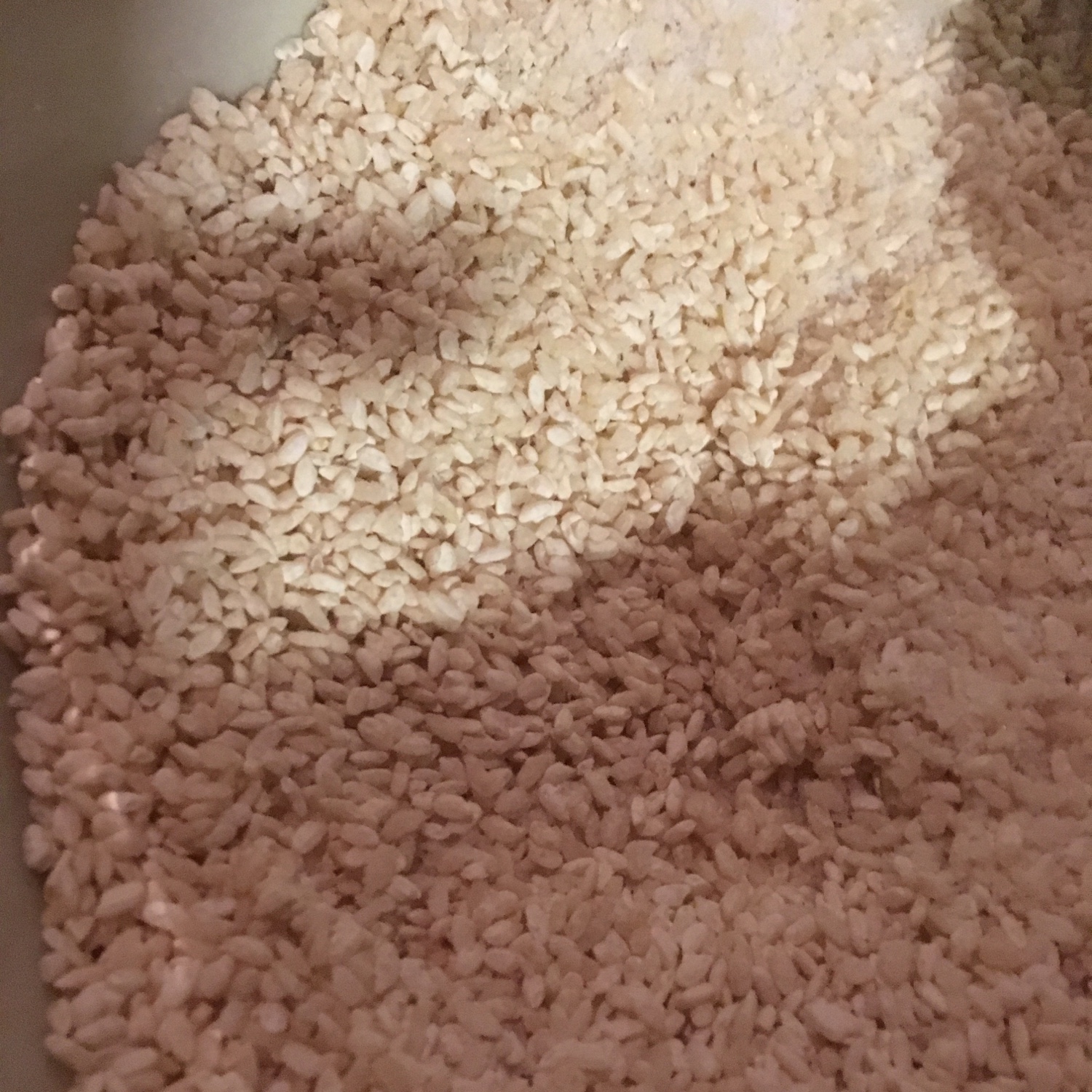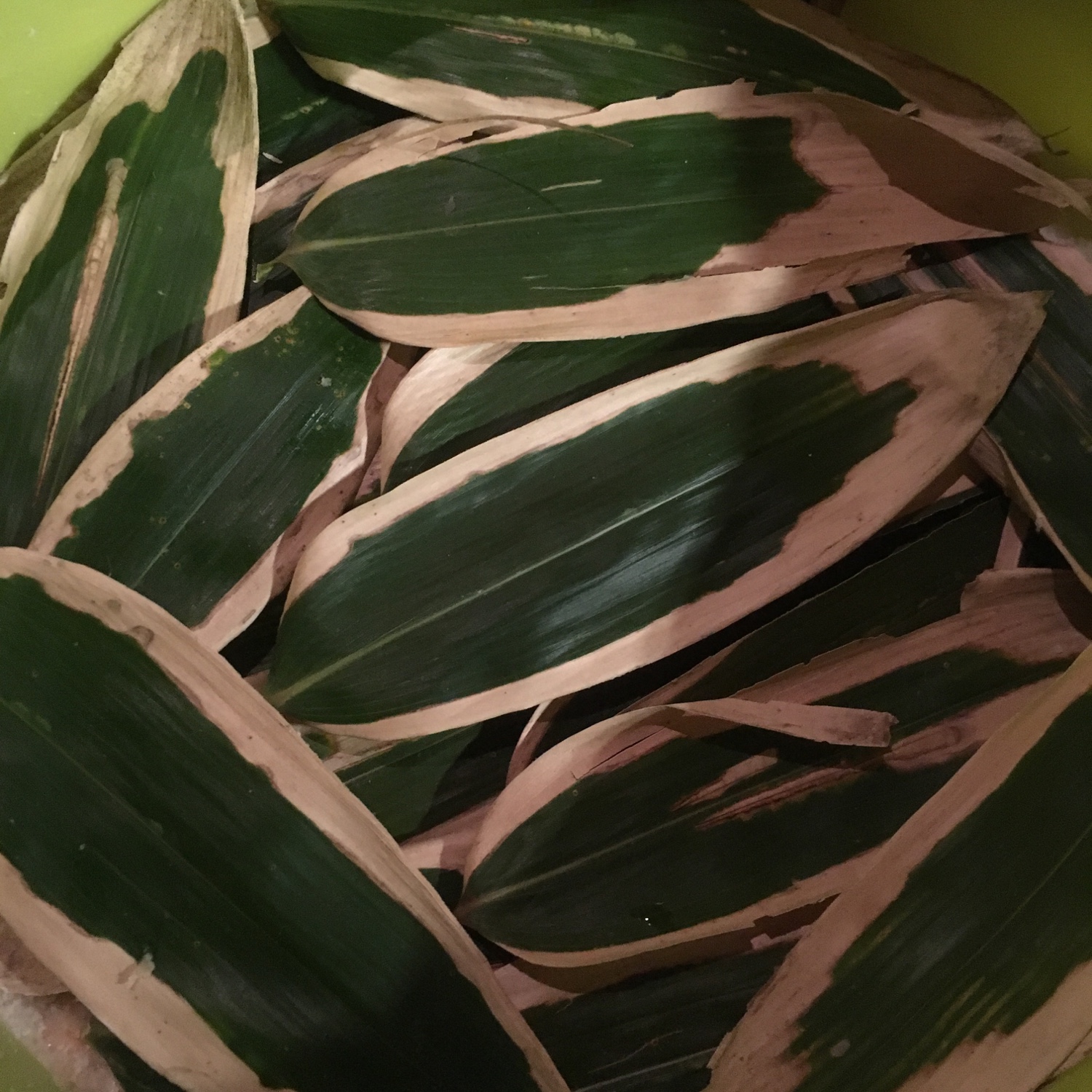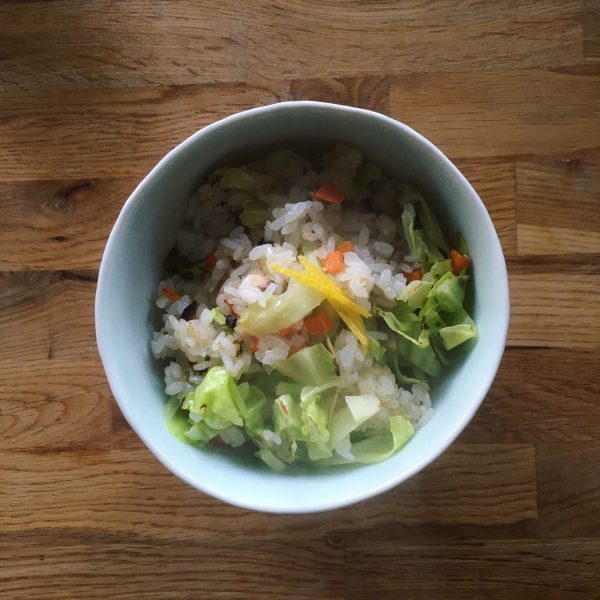I surprise myself with this title actually! Yes all the young leaves start to sprout and the cherry trees are blossoming, but the blossom are lasting for a rather long time just because the sunny weather keeps going on but it is actually freezing cold these days! The city has turned pink and green and with my parents visiting I couldn’t help going for a walk with them to the nearby park to see the cherry blossoms. It turns out that the closest park to our place is Chidorigafuchi 千鳥ヶ淵, one of the most famous spot to see cherry blossoms and stroll under a pink tunnel of flowers. Blossoms are going to last a few more days in Tokyo so enjoy them!
Cooking wise, things have been a little more quiet since they arrived with some of their favorite classics: buta shoga yaki, gyoza… and mum who can’t help wanting to cook for dinner while I’m at work!!!
But I wanted to go back to that recipe of somen 素麺 with vegetables I prepared because it was so simple and delicious that it is worth sharing. Somen are thin wheat noodles eaten often in the summer in Japan, but I see no reason why not to eat them in other preparations all year round. They are something just in between spaghettini and vermicelli. In the summer they are eaten with cold broth deep and cucumber etc.. but I prepare them in many different ways. This time for the beginning of spring I decided to prepare them with sautéed carrots and spinach and plenty of fresh coriander, dressed with a bit of white soya sauce. Oh!? Can you guess what is the pink thing in the plate?
